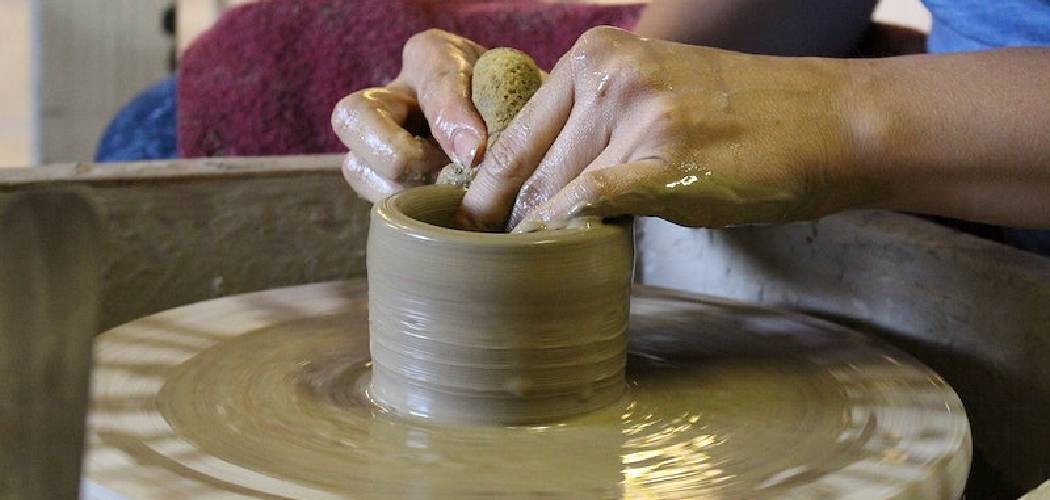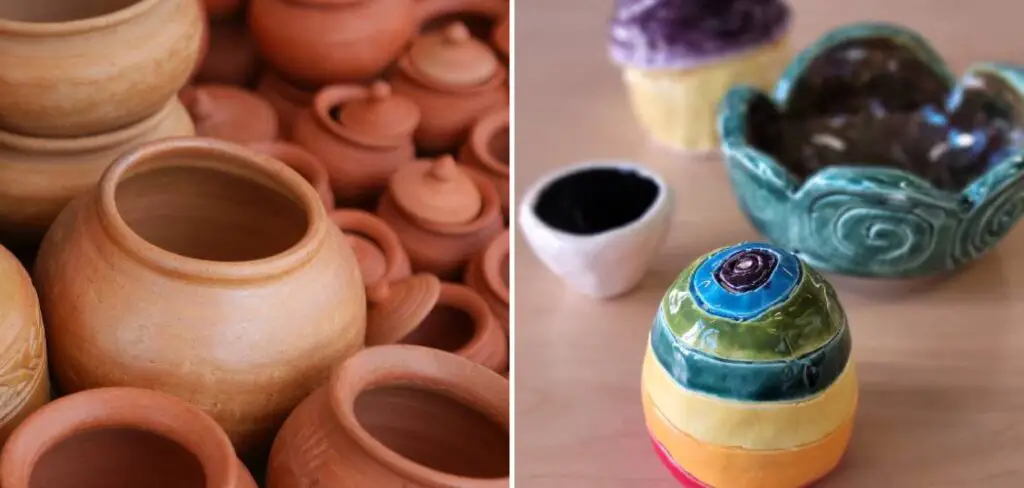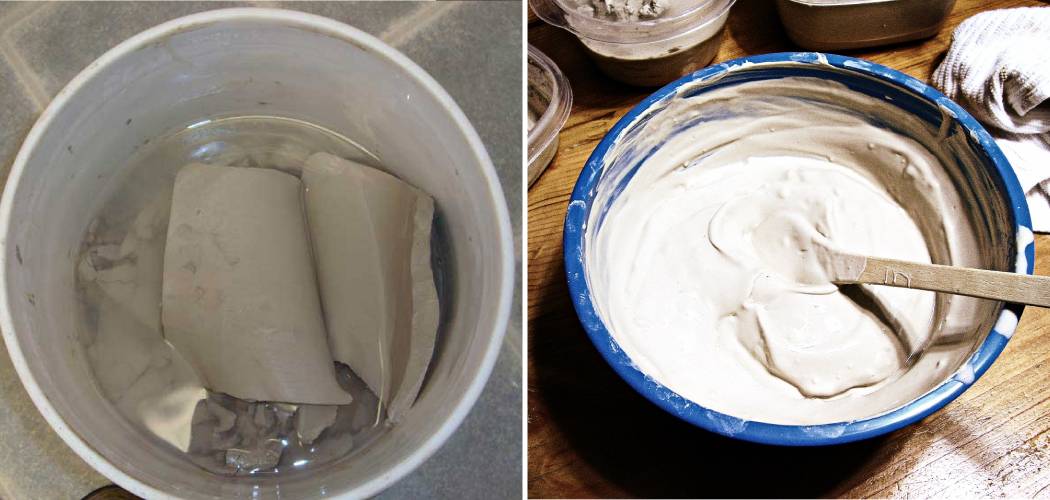Pottery, with its timeless appeal and endless creative possibilities, becomes an even more personalized art form when enhanced with colored slip. The process of making colored slip adds vibrant hues and intricate designs to clay creations, transforming them into unique, eye-catching pieces.
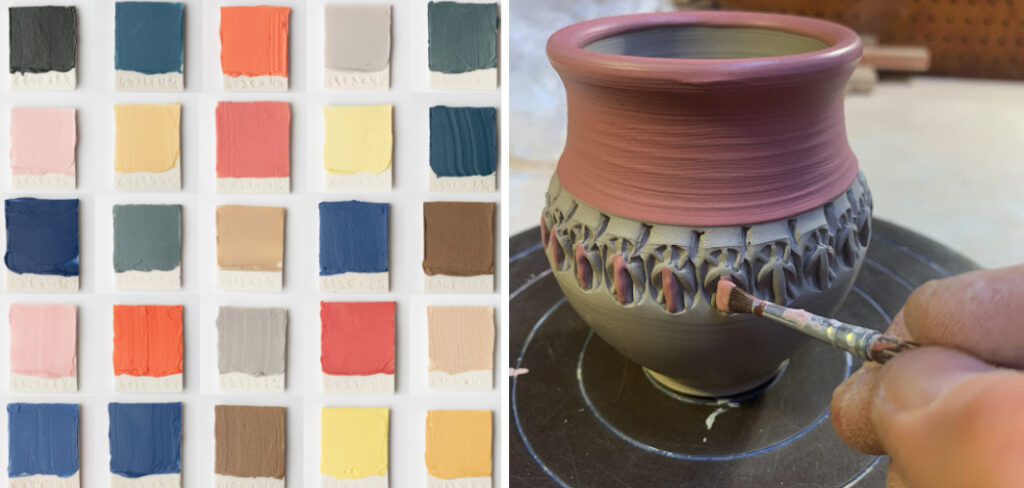
In this article, we’ll explore how to make colored slip for pottery, guiding you through the steps to create your custom palette. From selecting pigments to achieving the desired consistency and applying the slip to your clay masterpieces, this guide caters to both beginners eager to experiment with pottery and seasoned artisans seeking to expand their color spectrum. Join us as we delve into the alchemy of crafting colored slip, unlocking a world of possibilities to infuse your pottery with a kaleidoscope of tones and patterns, making each creation a truly individual work of art.
Table of Contents
Importance of Colored Slip in Pottery
Colored slip is a versatile and essential material in pottery making. It is used to add color, texture, and design to ceramic pieces, making them more visually appealing. The process of creating colored slip involves mixing clay with water and pigments or oxides, which can result in beautiful shades and hues that enhance the surface of the pottery.
Understanding the Basics of Making Colored Slip
To make colored slip, the first step is to mix clay with water until it reaches a smooth consistency. The amount of water added will depend on the type of clay used and the desired thickness of the slip. Once the base mixture is ready, pigments or oxides can be added to achieve the desired color. It is important to note that different types of pigments or oxides will result in different colors, so experimentation is key.
Benefits of Making Custom Colored Slip for Pottery
Making pottery can be a relaxing and fulfilling hobby, but sometimes it’s nice to add an extra touch of personalization to your pieces. That’s where colored slip comes in – a mixture of clay and water that is used to decorate the surface of pottery before firing.
While you can easily purchase pre-made colored slips, there are many benefits to making your own custom colored slip for pottery. In this guide, we will cover everything you need to know about how to make colored slip for pottery and why it’s worth the effort.
Measuring Ingredients Proportionately
Pottery is an ancient art form that involves the shaping and firing of clay to create functional or decorative pieces. One popular technique used in pottery is slip decoration, which involves applying a liquid mixture of clay and water, known as slip, onto the surface of unfired pottery. Slip can be used to create intricate patterns, designs, or even colors on a piece of pottery. In this guide, we will focus specifically on how to make colored slip for pottery.
10 Methods How to Make Colored Slip for Pottery
1. Using Natural Pigments
One of the most common methods for making colored slip is by using natural pigments. These can be found in various forms, such as clay, minerals, or even plants. They can be ground into a fine powder and mixed with water to create a vibrant and unique color for your pottery.
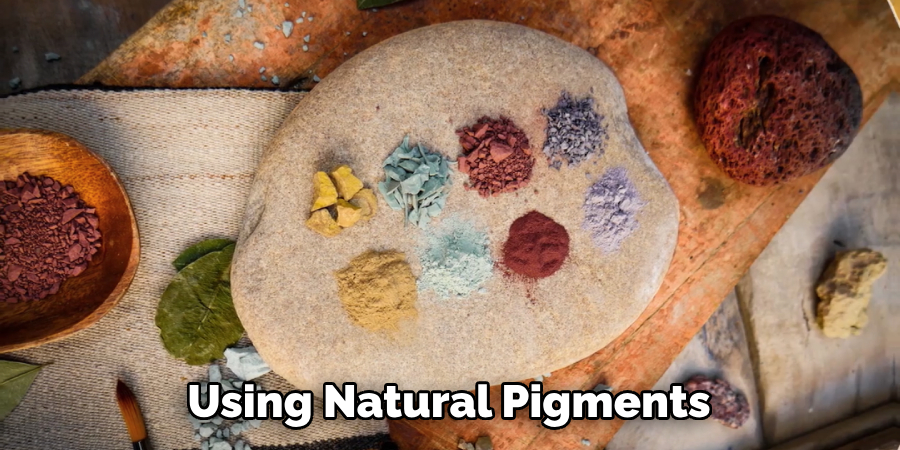
2. Mixing Underglazes
Underglazes are ceramic colors that are specifically designed to be used under a glaze. They come in a wide range of colors and can be easily mixed together to create custom shades. Simply mix the underglaze with water or another medium to create your desired consistency for slip.
3. Adding Oxides
Oxides are another popular option for coloring slip. They are metal compounds that can add depth and richness to your slip. Some commonly used oxides include iron oxide, cobalt oxide, and copper oxide. These can be added directly to your slip mixture or applied on top of the dried slip before firing.
4. Experimenting with Stains
Ceramic stains are similar to oxides but have been specifically formulated for use in ceramics. They come in a wide range of bright and bold colors that can be mixed together to create endless possibilities for colored slip.
5. Using Mason Stains
Mason stains are another type of ceramic colorant that comes in powdered form and can be mixed with water or other mediums to create colored slip. They offer a wider range of colors than traditional oxides or stains, making them perfect for creating intricate designs on your pottery.
6. Incorporating Natural Materials
You can also get creative with your colored slip by incorporating natural materials into the mix. This could include things like coffee grounds, tea leaves, or even crushed eggshells for unique textures and colors.
7. Dyeing with Fabric Dyes
Fabric dyes can also be used to color slip for pottery. They come in a wide range of colors and can be easily mixed with water or another medium to create a smooth and even consistency. Just be sure to choose dyes that are non-toxic and safe for use on ceramics.
8. Using Acrylic Paint
Acrylic paint is another option for adding color to your slip. It can be mixed with water or other mediums to create a smooth and even consistency, but keep in mind that it may not be as durable as other options when fired.
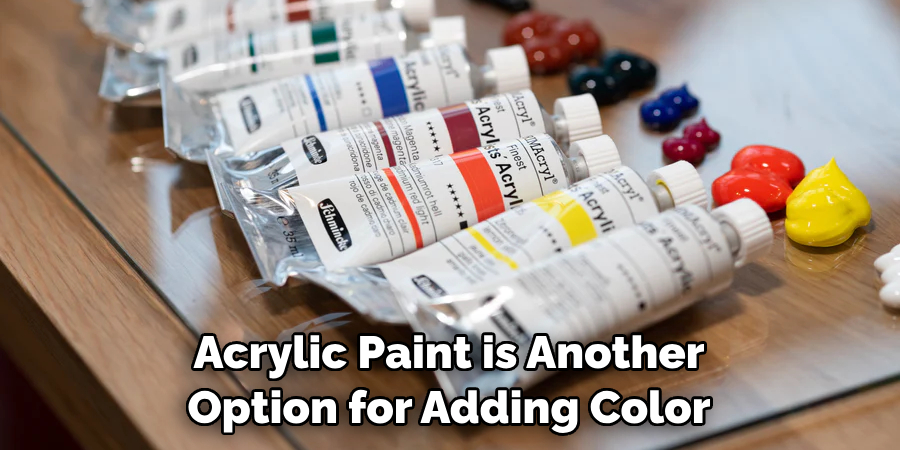
9. Adding Food Coloring
For a fun and easy way to make colored slip, you can also try using food coloring. This method is perfect for creating vibrant colors and can be easily mixed with water or other mediums.
To start, mix a small amount of food coloring with water until you achieve the desired shade. Then, add this mixture to your slip and stir until it is evenly distributed. Keep in mind that the color may appear darker when wet but will lighten once fired.
10. Layering Different Colors
Finally, one of the best ways to create unique and intricate designs with colored slip is by layering different colors on top of each other. This allows you to experiment with different techniques and create one-of-a-kind pieces of pottery.
Differences Between Slip and Glaze
In pottery, there are two main ways to add color to the surface of your clay creations – slip and glaze. While both can produce beautiful results, they are fundamentally different materials with unique properties and uses.
Slip
Slip is a liquid clay mixture made from water and fine clay particles. It has a high viscosity, similar to that of heavy cream, and is used primarily for decoration and surface texture. Slip can be colored with various oxides, stains, or dyes to create a wide range of colors.
Slip is typically applied to the surface of clay using a brush, sponge, or other tool. It can also be poured or trailed onto the clay to create more intricate designs. Once applied, slip will dry and form a bond with the clay, creating a textured and colorful surface.
Glaze
Glaze, on the other hand, is a glass-like coating that is applied to pottery after it has been fired once. It is made from various minerals and oxides and creates a smooth, glossy finish when heated at high temperatures. Unlike slip, glaze cannot be colored directly – instead, it is available in a wide range of colors and finishes.
Glaze is applied to the surface of pottery using a brush, spray gun, or by dipping the piece into the glaze. Once applied, it will dry and form a thin layer on top of the clay. Glaze is then fired again at high temperatures to fuse with the clay and create a waterproof and durable finish.
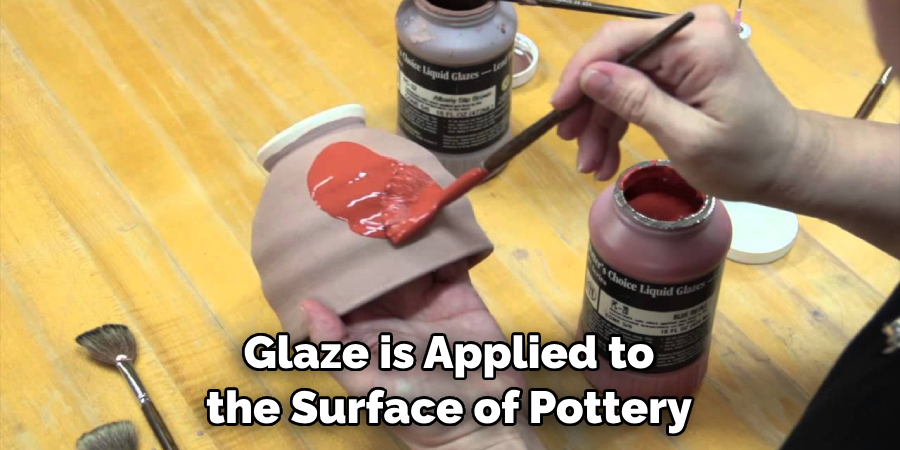
Differences between Slip and Glaze
The main difference between slip and glaze lies in their composition and purpose. While both are used for adding color to pottery, slip is primarily used for decorative purposes while glaze serves as a protective layer.
Slip is applied before the first firing of the clay, while glaze is applied after the first firing. This means that slip becomes a part of the clay body, while glaze sits on top of it.
Additionally, slip can be used to add texture and dimension to the surface of pottery, whereas glaze creates a smooth and shiny finish. Slip is also more forgiving in terms of mistakes – if you don’t like the result after firing, you can always scrape off the slip and start over. With glaze, once it’s fired, it’s permanent.
Adjusting Clay Consistency for Slip Making
Making colored slip for pottery is an easy and fun way to add a unique touch to your ceramic creations. One of the key factors in creating beautiful, vibrant slips is adjusting the consistency of your clay mixture. In this section, we will discuss some tips and techniques on how to make colored slip for pottery by adjusting the clay consistency.
Firstly, it’s important to understand what slip is and its purpose in pottery making. Slip is essentially a mixture of clay and water, used to decorate or enhance the surface of ceramic pieces. It can be applied before firing, creating a beautiful colored layer on top of your pottery, or after firing as a glaze.
To make colored slip for pottery, you will need to start with a base clay mixture that has the right consistency. This can vary depending on personal preference and the type of pottery you are making. Generally, for slip making, a slightly thinner clay mixture is preferred as it allows for easier application and better absorption of color.
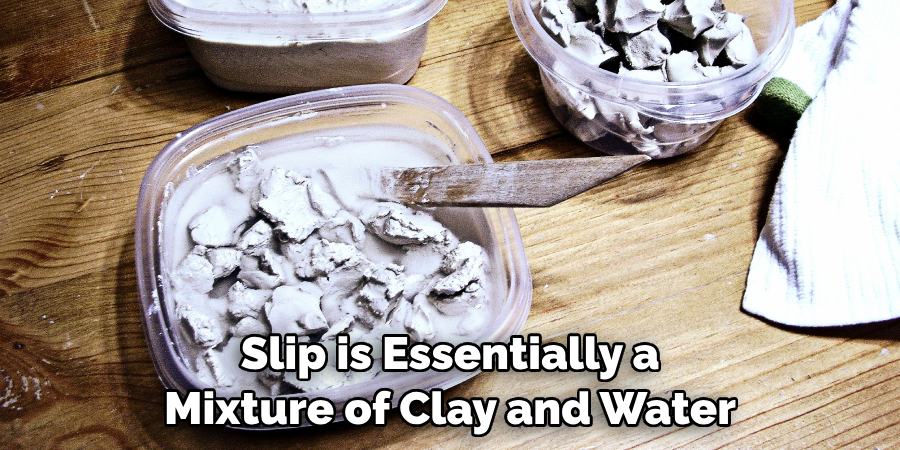
Conclusion
In conclusion, learning how to make colored slip for pottery can take your creations to a whole new level. With various techniques and recipes shared, it is now possible to create your own unique slip using natural and sustainable ingredients. The possibilities are endless when it comes to experimenting and exploring new colors and textures with slip. Remember to always test your slip on sample tiles before using it on a finished piece, as some clays may react differently.
So go ahead, grab some clay, try out these techniques, and let your creativity flow! Trust me, the results will be worth it. With this newfound knowledge and skill, you have the power to elevate your pottery game and stand out in the sea of traditional brown and white pieces. Whether you’re a beginner or an experienced potter, there’s always room for growth and experimentation in the world of ceramics. So don’t be afraid to get your hands dirty and try something new.

